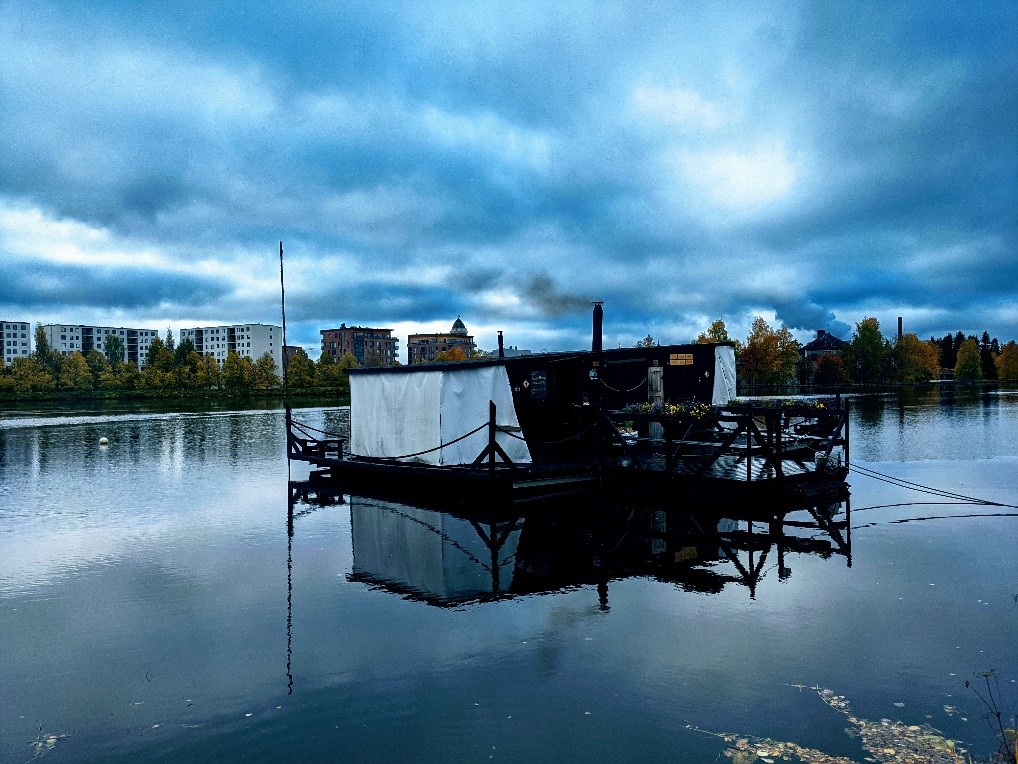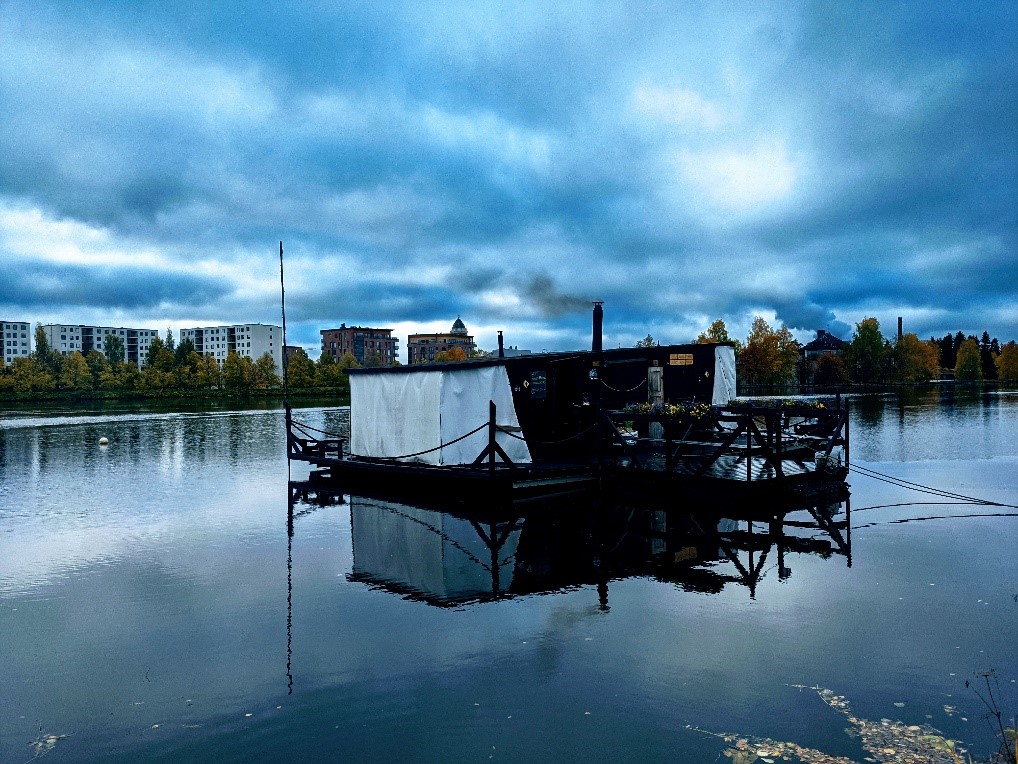
Loneliness kills (Heikkinen and Lönnqvist 1995). It is associated with increased mortality risk for both men and women, along with a higher risk of the onset of disability as well as a 64% increased chance of developing clinical dementia (Jopling 2020, 7). Loneliness hung about me in my first few weeks in Finland so for the sake of my health, and possibly yours, let’s learn a little more about it.
Loneliness is defined as “a subjective feeling experienced when there is a difference between the social relationships we would like to have and those we have” (Scottish Government 2018). So, a lack of social relationships was the root cause of how I was feeling and perhaps that’s not surprising when moving to a new country. It can be hard to build social networks in a new place, but I am not the only one feeling a lack of social connection in Finland and the problem is profound enough that a range of Finnish organisations are trying to tackle social isolation.
Social isolation is “when an individual has an objective lack of social relationships (in terms of quality and/or quantity) at individual group, community and societal levels” (Scottish Government 2018). This isn’t just about whether you have a romantic partner, close friends, or nearby relatives but about your day-to-day interactions with the world around you. There is increasing recognition of the importance of these ‘weak’ or ‘thin’ ties in helping people to feel less lonely and more connected (Scottish Government 2018). It could be the neighbour who returns your smile, the chat about the weather as you wait for the bus or the banter with the barista when you pick up your morning coffee. Then there’s the acquaintance you might chat to at the gym or at an evening class. The kind of contacts you could strike up easily if you made the effort perhaps, but there’s a problem. Finns don’t do small talk.
You think I am exaggerating, well here is an example. I joined a ballroom dancing class. An ideal opportunity for social interaction as, with partner dancing, you are forced to be up close and personal. Or so I thought. For a whole hour the Finnish man I was partnered with said nothing to me except the counts of the beat. When I thought this might be a language issue, I apologised in my poor Finnish that I didn’t speak the language, to which he replied in perfect English that it wasn’t a problem at all. End of conversation.
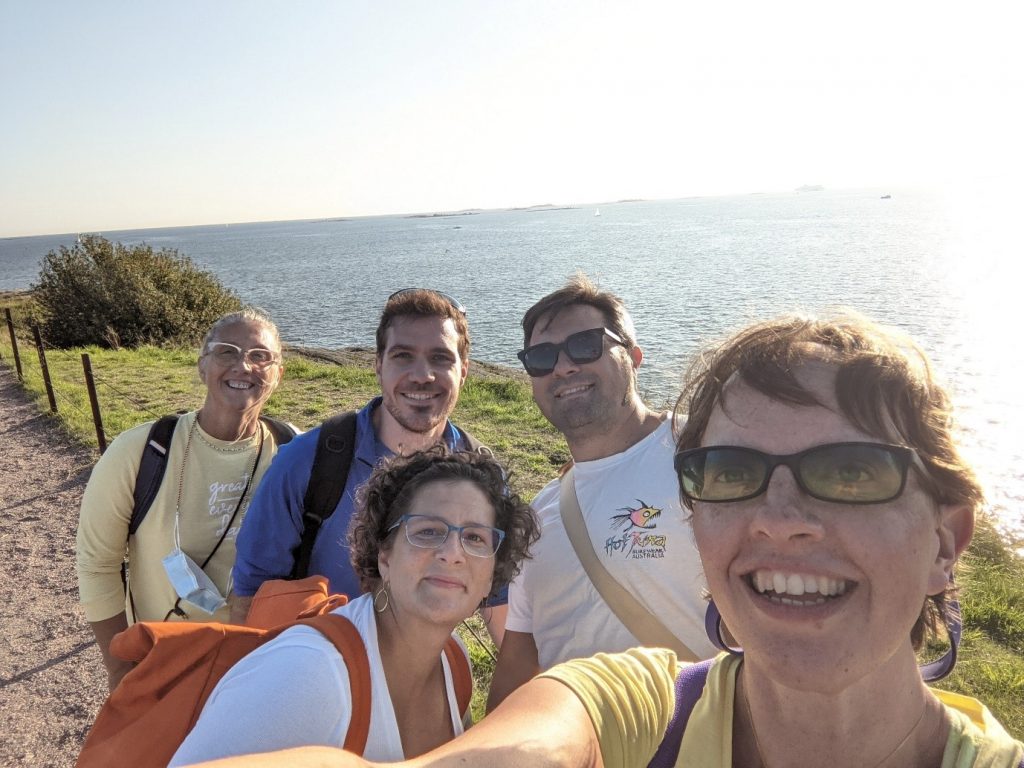
So, even when participating in a shared activity, getting strangers talking can be difficult. This is why I was so interested to learn about Finnish projects to reduce social isolation. That it happened to be in the company of some gloriously gregarious Spaniards from the University of Seville was a bonus. The event was sponsored by Erasmus and hosted by Laurea University of Applied Sciences. Jukka from the Finnish Age Institute demonstrated his Together in the Neighbourhood Project (Mustonen et al. 2017). Jukka had set up several stations around the lake and in groups we had a gentle stroll to the first location where we were instructed to hug a tree. This is a surprisingly comforting activity, especially as hugs have been off the cards due to COVID-19. There were plenty of trees to choose from and the silliness of it really broke the ice. When our next task was to share a childhood memory of being in nature, we were off and running. We played catch with pinecones, listened to nature, and learned about each other. After the session was finished, we headed to the sauna and had a dip in the lake. It was my best day in Finland so far.
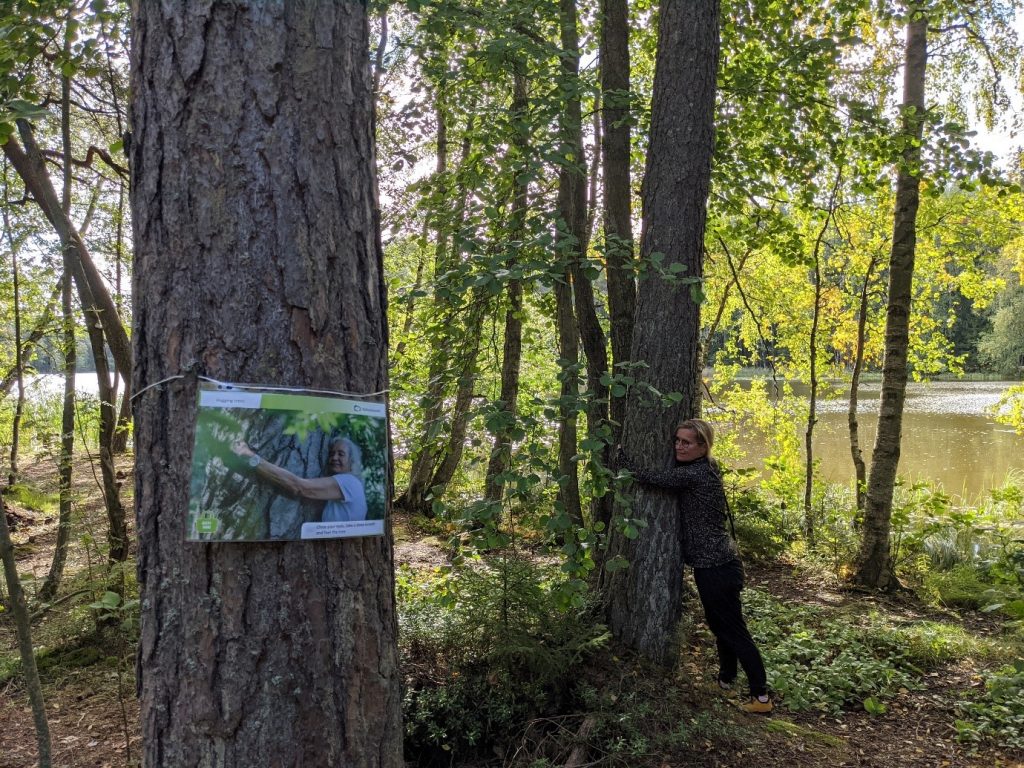
The Together in the Neighbourhood Project trains volunteers and disseminates a pack with various activities to get people out into nature, particularly the elderly (Mustonen et al. 2017). I took advantage of my mum visiting a few weeks later, to see how experiencing nature affected her mood. She doesn’t need any help to start talking, but I was interested to see how accessible the activities were for someone in their 70s with arthritis and osteoporosis. I took her to Kuusijärvi as well as a walk in the woods when we were visiting Lapland. She was initially hesitant, worried about her capability, but at the end of the holiday her favourite part was her visit to Kuusijärvi. She reported feeling physically better, but she spoke most about being proud of herself for getting into the lake. She moved past her perceived limitations and realised she could do more than she thought. I am not proposing a swim in an icy lake for everyone, but learned helplessness is a well understood risk for the elderly (Solomon 1990) and a visit to nature could be an enjoyable form of occupational therapy.
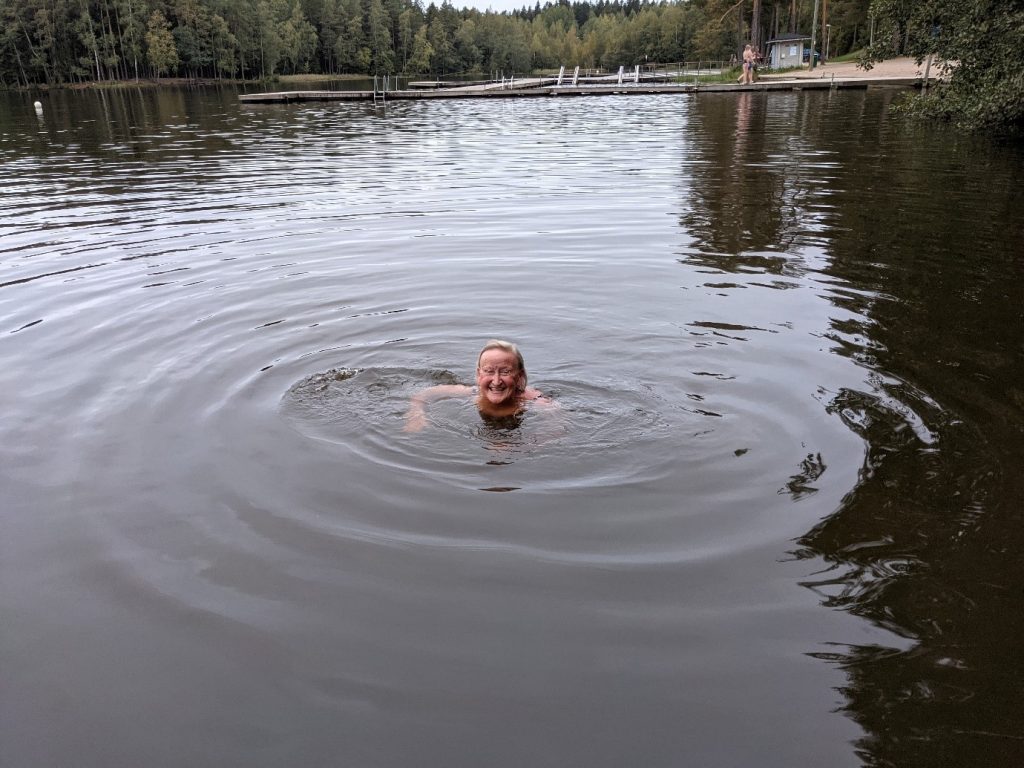
Together in the Neighbourhood aims to increase togetherness and promote common activities in housing companies combating feelings of loneliness in residents particularly the elderly (Mustonen et al. 2017). This isn’t just a Finnish problem. Pre-pandemic 1 in 10 Scots reported often feeling lonely (Healthcare Improvement Scotland 2017) and in one year the number of adults in England feeling lonely jumped by 44%, from 2.6 million to 3.7 million (Slawson 2021). COVID-19 isn’t the only epidemic we are facing and it’s not just a problem for the individual. The Scottish Government estimates the cost of severe loneliness to be around £9,537 per person every year (2018).
Participating in the project really worked for me, and I could see how, as an event and festival management student, it could be applied back in Scotland with Housing Associations. It could provide a way for communities to reconnect after having become isolated during successive lockdowns. Events themselves have been shown to improve mental health especially when combined with nature (Mental Health Foundation 2020) so I just needed to have a plan.
My concept is an event in a target community with the opportunity for residents to try socially inclusive activities including a nature walk using the Together in the Neighbourhood model. I propose adding workshops, introducing concepts for potential volunteers and stakeholders, as well as providing a toolkit to other housing associations and partners.
I received support for the concept from a major Scottish Housing Association and I put forward my idea hoping to organise the event in March 2022 as part of my course. Unfortunately, my team were not enthused by the idea seeing it as too ambitious, and there was a possible generational gap, as they decided on a party for students instead.
I have been inspired by the work I have seen in Finland and my own experience. As a result, my focus will be on organising events that make a difference and improve communities. I will go home with a love of saunas and an understanding of both the impact of social isolation and of approaches to tackle it. I will seek a way to take my proposed event forwards outside my course as I know more needs to be done to tackle loneliness post COVID-19.
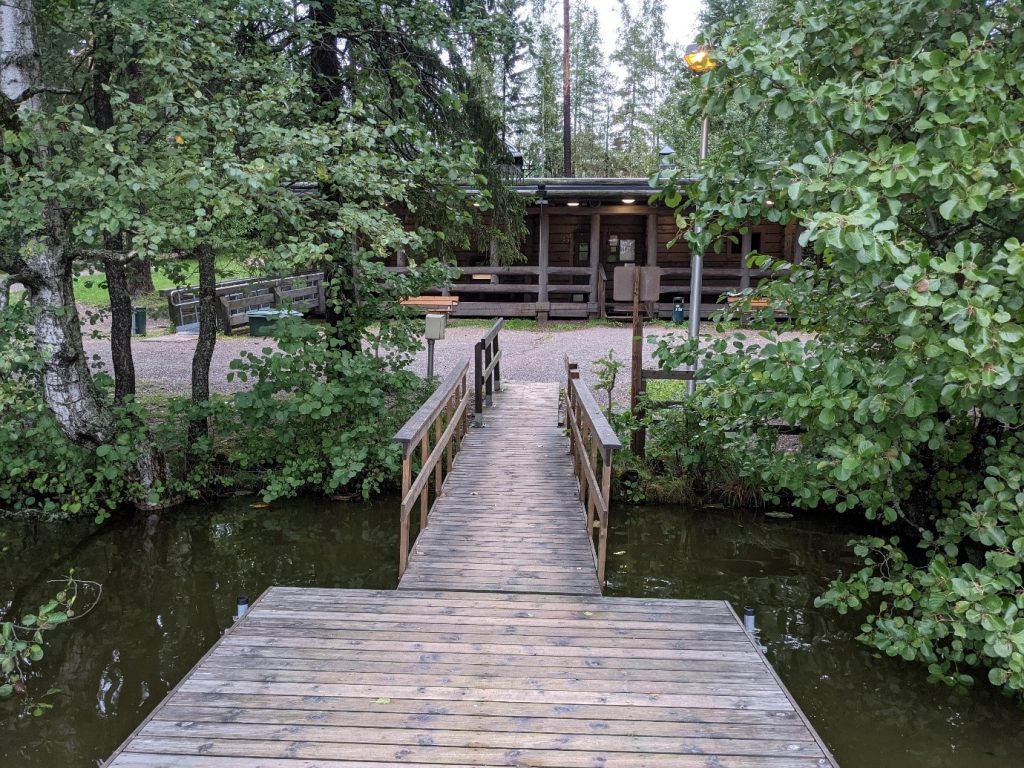
Article written by Bryony Stocker
References
Healthcare Improvement Scotland. 2017. Our Voice Citizens’ Panel: Second Survey Report. Accessed 19 October 2021. https://www.hisengage.scot/informing-policy/citizens-panel/second-panel-report/
Heikkinen, M., and Lönnqvist, J. 1995. Recent Life Events in Elderly Suicide: A Nationwide Study in Finland. International Psychogeriatrics, 7(2), 287-300. Accessed 19 October 2021. https://www.cambridge.org/core/journals/international-psychogeriatrics/article/abs/recent-life-events-in-elderly-suicide-a-nationwide-study-in-finland/222401F6B3609FD819770607DE2328E0
Jopling, K. 2020. Promising Approaches Revisited: Effective action on loneliness in later life. Accessed 17 October 2021. https://www.campaigntoendloneliness.org/wp-content/uploads/Promising_Approaches_Revisited_FULL_REPORT.pdf
Mental Health Foundation, 2020. Thriving With Nature. Accessed 19 October 2021. https://www.mentalhealth.org.uk/campaigns/thriving-with-nature/guide
Mustonen, M. J., Heimonen, O., Karvinen, S. and Topo, E. 2017. Together in the Neighbourhood Project: Joy and sense of community to the lives of elderly residents. Age Institute. Accessed 19 October 2021. https://www.ikainstituutti.fi/content/uploads/2018/05/Together-in-the-Neighbourhood-Project_hires.pdf
Scottish Government. 2018. A Connected Scotland: our strategy for tackling social isolation and loneliness and building stronger social connections. Accessed 17 October 2021. https://www.gov.scot/publications/connected-scotland-strategy-tackling-social-isolation-loneliness-building-stronger-social-connections/
Slawson, N. 2021. Wellbeing in decline in England as loneliness rises, report shows. The Guardian, 2 August. Article from The Guardian online. Accessed 19 October 2021. https://www.theguardian.com/society/2021/aug/02/wellbeing-in-decline-in-england-as-loneliness-rises-report-shows
Solomon, K. 1990. Learned Helplessness in the Elderly. Occupational Therapy in Mental Health, 10(3), 31-51. Abstract from Taylor & Francis Online. Accessed 17 October 2021. https://www.tandfonline.com/doi/abs/10.1300/J004v10n03_02
Suurin osa Showcasen blogeista on toteutettu osana Laurean opintojaksoja. Koko koulutustarjontaamme voi tutustua nettisivuillamme. Tarjoamme kymmenien tutkintoon johtavien koulutuksien lisäksi myös paljon täydennys- ja erikoistumiskoulutuksia sekä yksittäisiä opintojaksoja avoimen AMK:n kautta!
